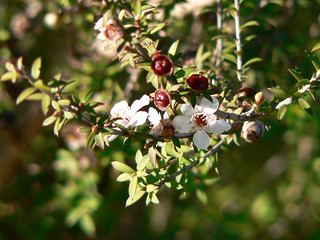"The challenge of securing safe and plentiful water for all is one of the most daunting challenges faced by the world today...often where we find water, we find guns."
Ban Ki Moon,
UN Secretary General.
According to an Uzbek saying,"if you run out of water, you run out of life." Some experts would probably say that those words seem more prophetical than proverbial. Each year about two million people die as a result of poor sanitation and contaminated water, and 90% of the victims are children. Suffer the poor children!
"The
Aral Sea in
Central Asia was the fourth largest lake on the planet in 1960. By 2007 it had shrunk to 10% of its original size." - Scientific
American.
At one time, Australia's Deniliquin mill processed enough grain to meet the needs of 20 million people. Now, however, the rice crop has been reduced by 98%, and the mill closed in December 2007. The cause? Six long years of drought." - The New York Times.
I acknowlege the excerpts from the above newspapers:
Draining dry the rivers and streams:
"Africa's Lake Chad, once a landmark for astronauts circling the earth, is now difficult for them to locate. Surrounded by(Cameroon), Chad, Niger, and Nigeria...the lake has shrunk by 95% since the 1960's. The soaring demand for irrigation water in that area is draining dry the rivers and streams the lake depends on for its existence. As a result, Lake Chad may soon disappear entirely, its whereabouts a mystery to future generations. - Plan B 2.0 - "Rescuing a Planet Under Stress and a Civilization in Trouble", by Lester R. Brown.
America's Thirst for Water:
"America's thirst for bottled water seems unquenchable, reaching nearly 30 billion bottles a year," according to US News and World Report. Many consumers did not realise, however,that most bottled water is simply tap water, so "anyone who is opting for bottled over municipal(water) for health reasons is misguided," said the above magazine. What flows out of the tap in many countries is monitored to ensure uniformity to strict standards. And when compared with the 'outrageously expensive' bottled alternatives, tap water is practically free."
In my opinion the global bottled water industry is nothing more than blatant exploitation of water resources.
The standard of tap water is so high in New Zealand, it would be simply stupid and a waste of money to buy 'bottled tap water'. You just need only to run the tap until the water is nice and cool, fill a used soft drink or soda bottle, and leave it in the fridge until you go out for your daily jog or walk!
The water crisis is global. It poses health risks to billions of people around the globe. Many steps have been taken to bring water supply and water use back into balance in some areas of the world, but not in others. This global balance is a vital necessity if we are not to have an acute water shortage in certain areas.
Each country seems to have its own method of dealing with the the water crisis. In some lands where favourable winds regularly blow, windmills raise water to the surface and also serve to generate electricity. In wealthier nations, desalinisation of seawater is also viewed as a viable solution. In many places huge dams retain river water and rainwater - a measure that has proved somewhat effective, even though reservoirs in arid areas may lose about 10 percent of their water through evaporation.- "Awake" Jan 2009.

















































